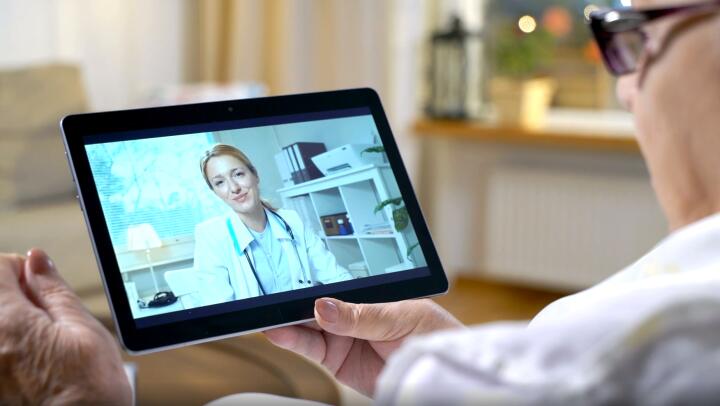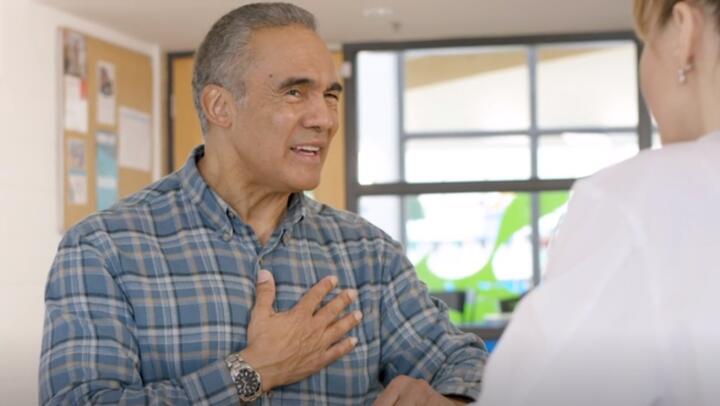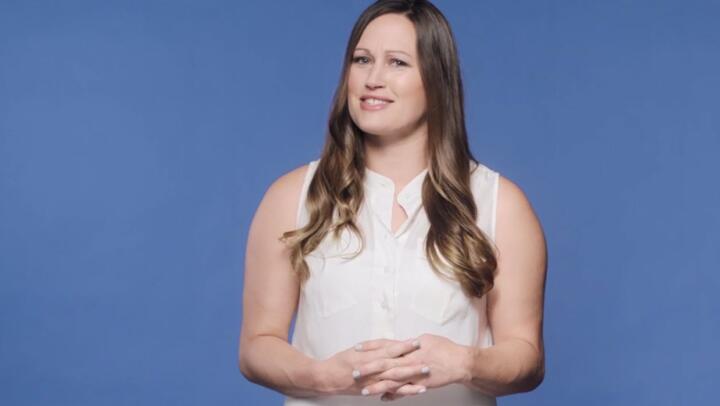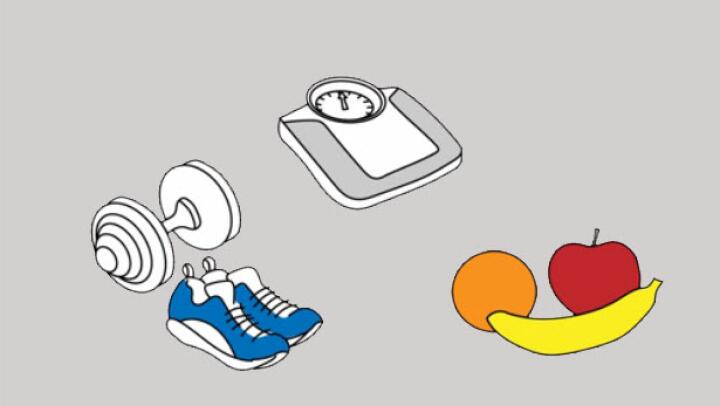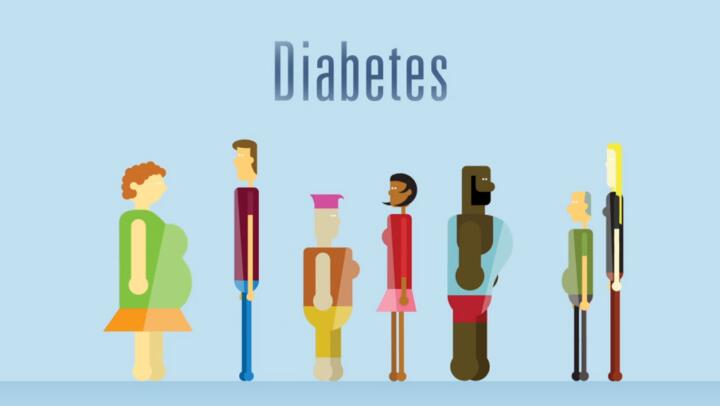
Many people with type 1 and type 2 diabetes take mealtime insulin. But that doesn’t mean you’ve failed at managing your condition. Mealtime insulin is simply another way to help control your blood sugar and prevent diabetes complications. Check out the answers to some commonly asked questions about mealtime insulin.
How is mealtime insulin different from other insulin?
All types of insulin help your body control blood sugar. But some types of insulin work faster or last longer than others. When you take it before you eat, mealtime insulin works quickly to control the spike in blood sugar after a meal.
Examples of mealtime insulin include insulin aspart (NovoLog), insulin lispro (Humalog), and insulin glulisine (Apidra).
How do I make sure to take the right dose?
Your doctor will tell you what dose to start with, but you’ll need to adjust how much you take based on your blood sugar readings. A few hours after you give yourself mealtime insulin and eat, check your blood sugar. If your blood sugar is high, take more insulin before that meal the next day. If your blood sugar is low, take less mealtime insulin.
The Endocrine Society offers online charts that show how much you should adjust your dose based on your blood sugar reading. Keep in mind, these are general guidelines. Ask your doctor what he or she recommends for you.
I don’t like carrying around vials and syringes. Do I have any other options to take my mealtime insulin?
Yes. Alternatives to syringes include insulin pens, insulin pumps, and inhalable insulin.
Insulin pens are either prefilled with insulin or have cartridges you load into the device. They are easier to use and more discreet than syringes. An insulin pump delivers insulin through a needle that is taped into place.
In addition, the Food and Drug Administration (FDA) recently approved an inhalable fast-acting mealtime insulin called insulin human (Afrezza). It should be used along with long-acting background insulin or oral diabetes medications. If you smoke or have a chronic lung condition, you shouldn’t use Afrezza.
When should I take my mealtime insulin?
Talk with your doctor about how often you should take mealtime insulin. Some people need mealtime insulin only once a day, before their biggest meal. Other people need to take it before every meal.
You should take short-acting insulin 30 minutes before a meal. Rapid-acting insulin works faster, so you can take your shot right before you eat.
How can I learn more about mealtime insulin?
When you first begin mealtime insulin, you may want to meet with a diabetes educator. This person can teach you how to use insulin correctly, including the proper technique for injecting yourself.
I started mealtime insulin, but my blood sugar is still high. What can I do?
First, be sure to keep a blood glucose log. Recording your levels is crucial to understanding how your treatment plan is working.
Share your blood glucose log with your doctor. If your fasting blood sugar is high, your doctor may increase your background insulin dose. If your blood sugar is especially high at bedtime, he or she may suggest a larger dinnertime insulin dose.
If your blood sugar is still elevated six months after starting mealtime insulin, you may want to see a diabetes specialist.
Key Takeaways
How is mealtime insulin different from other insulin? Mealtime insulin works quickly to control the spike in blood sugar after a meal.
How do I make sure to take the right dose? Your doctor will tell you what dose to start with, but you’ll need to adjust how much you take based on your blood sugar readings.
When should I take my mealtime insulin? Some people need mealtime insulin only once a day, before their biggest meal. Other people need to take it before every meal.
How is mealtime insulin taken? Via syringe, insulin pen, insulin pump, or inhalable insulin.







